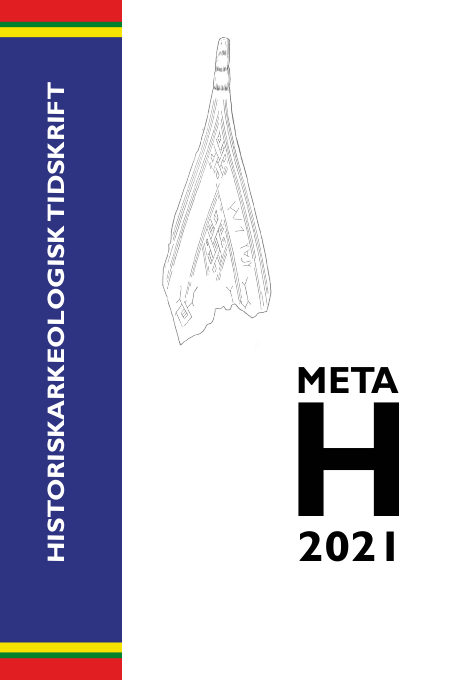History, hearths and contested landscapes
– Sámi land use east of the Lapland border of Sweden
DOI:
https://doi.org/10.59008/meta.vi.10915Abstract
According to Swedish law, reindeer grazing is allowed east of the Lapland border (Sw. Lappmarksgränsen) on a seasonal basis during winter. Today, coastal winter pastures are contested landscapes facing the claims of a number of industries other than reindeer herding. Disputes over land use and land rights have led to legal proceedings. In this context of conflicting claims, history plays out as a significant factor decisive to Sámi usufruct. This paper examines the diversity and time depth of Sámi cultural landscapes in coastal areas. The study draws on archaeological remains, historical records, place names and oral tradition among Sámi as well as local villagers in an area covering the Piteå and Älvsbyn municipalities in the south-eastern parts of the county of Norrbotten. Social and economic strategies are analysed as they have played out in the landscape. The analysis shows, that the studied area contributed to Sámi subsistence throughout the last 500 years and beyond, linking back to the indigenous population of prehistoric times.







